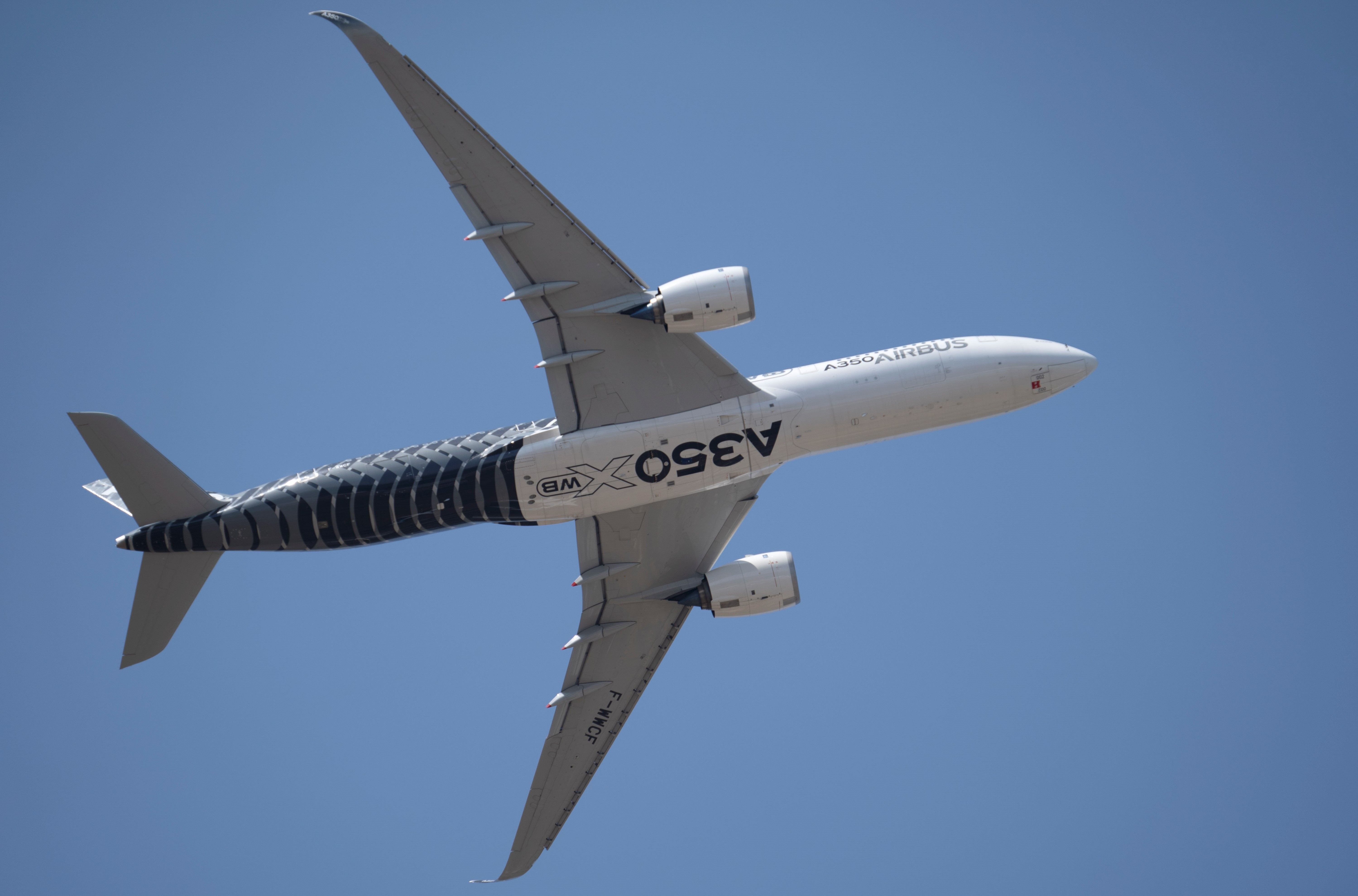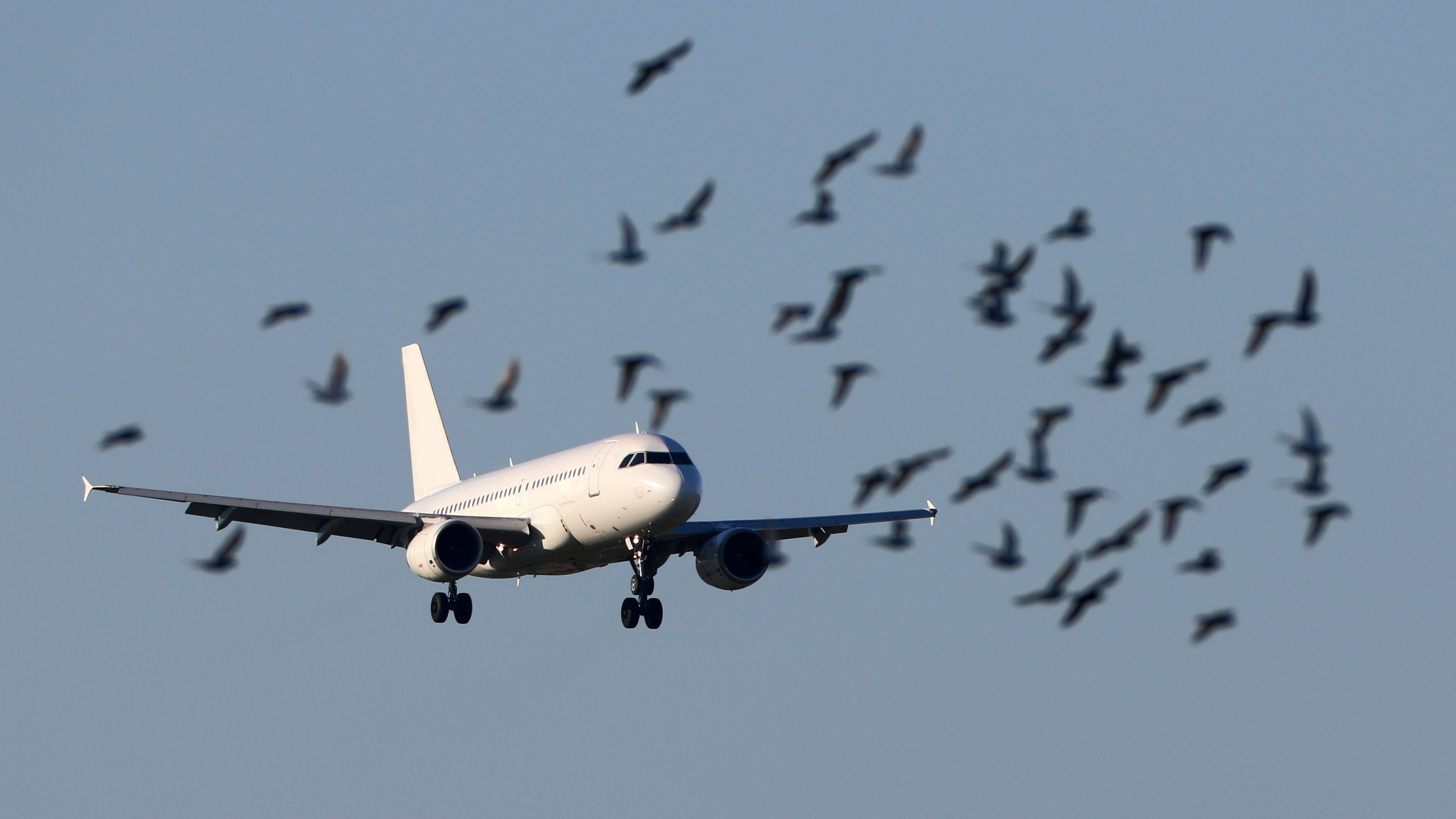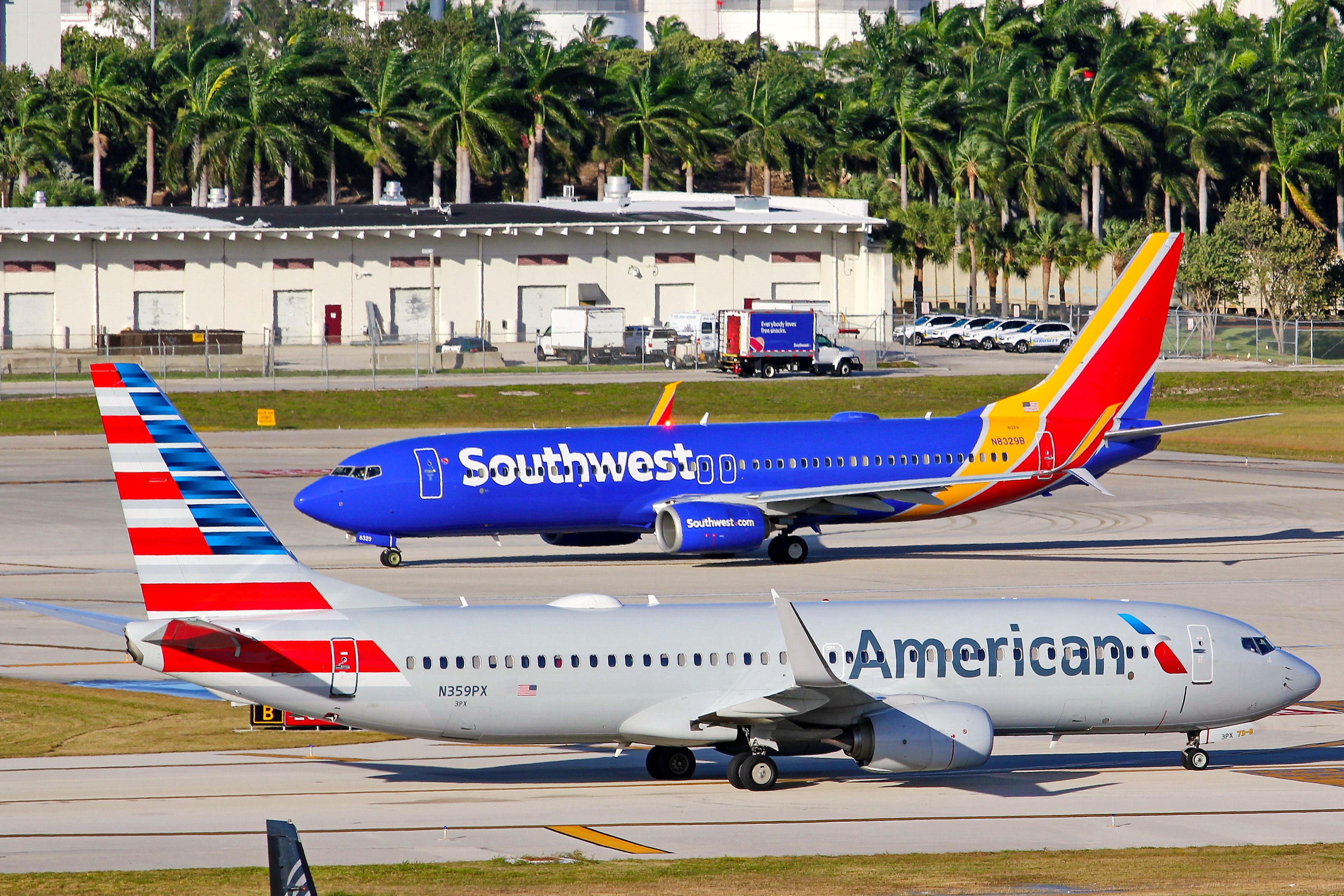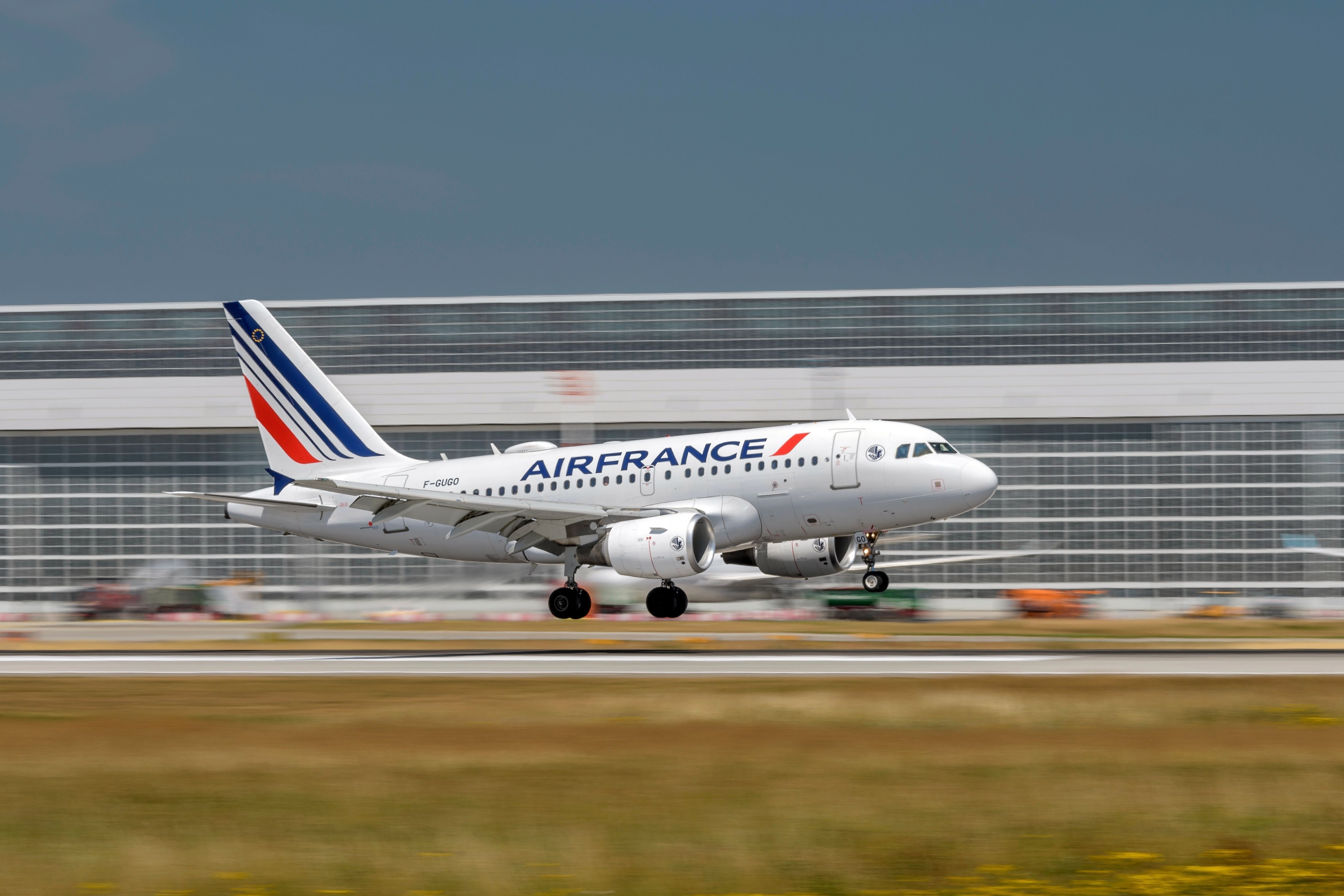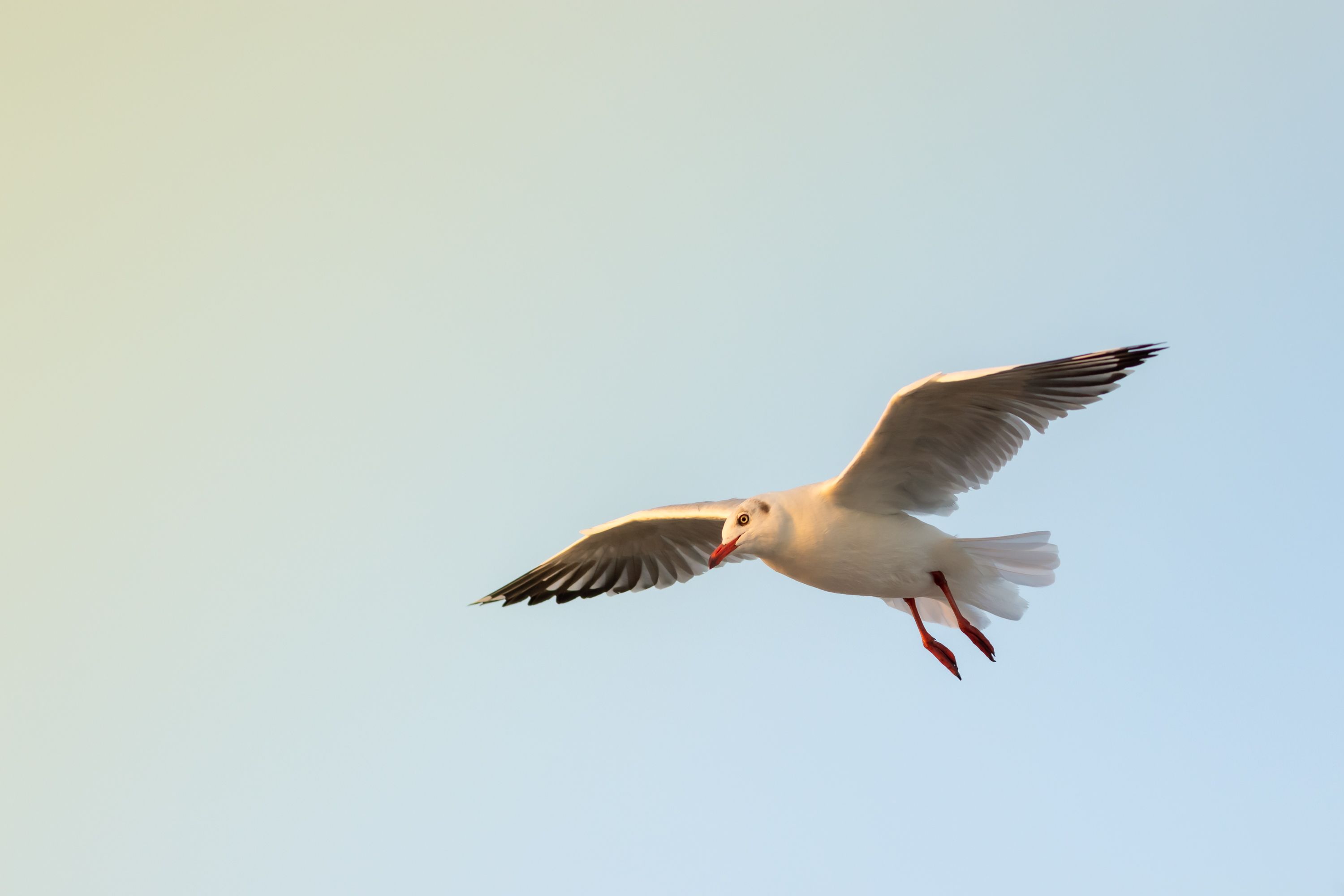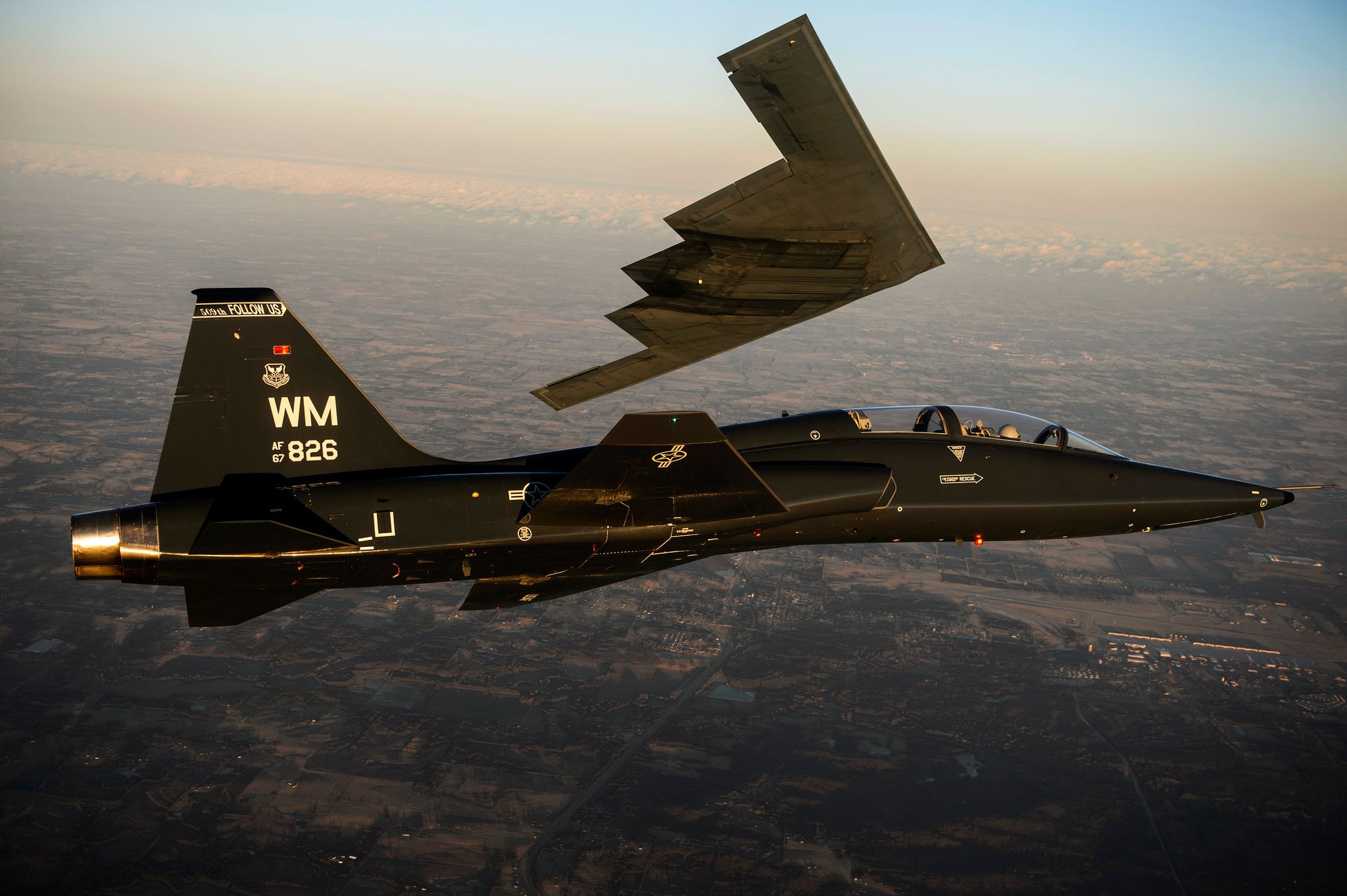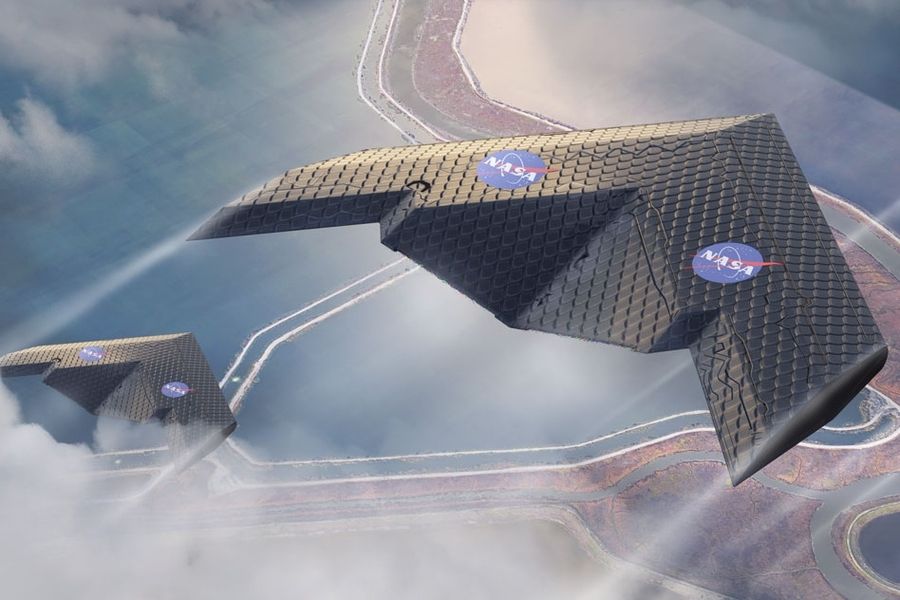Summary
- Vertical stabilizers give the pilots yaw control - the ability to turn the airplane left and right. However, there are aircraft designed to operate without them.
- An example is the B-2 Stealth Bomber, a tailless airplane that can maneuver without a vertical stabilizer.
- NASA and MIT were reported to be developing in 2019 a flexible wing that could eliminate the need for a vertical stabilizer in the future.
Over the last few decades, there have been significant advances in technology for aviation. Aircraft have been fitted with winglets and sharklets to cut down on fuel consumption, as well as state-of-the-art engines which reduce sound as well as wear and tear.
However, one thing that has been constant is the tail of various airplanes, which includes one of the most critical flying systems - the vertical stabilizer. Almost all airplanes have vertical stabilizers as they provide a control mechanism for the aircraft. Yet, natural fliers - birds - don't require such systems. Why?
What is a vertical stabilizer?
A vertical stabilizer, often referred to as the 'tail fin,' is fitted to the aircraft's rear. This, along with the horizontal stabilizers, makes up the empennage. The vertical stabilizer is equipped with a movable rudder, which gives the pilots yaw control - the ability to turn the airplane left and right. Some vertical stabilizers are also fitted with trim control, providing the ability to make finer adjustments, according to information from NASA.
You might notice that the smaller the aircraft, the taller the tail. The Boeing 737, for example, has a particularly oversized vertical stabilizer, as you can see below.
This is because the greater the vertical stabilizer's position away from the center of gravity, the more effective it is. This means very short airplanes like the A318 will have a larger tail than longer variants like the A321.
As well as providing yaw control, the vertical stabilizer prevents unwanted yaw from occurring. This can be a particular issue during a banked turn when adverse yaw would likely be encountered without the control of the vertical stabilizer. However, aircraft don't really need vertical stabilizers to fly, and not all planes are designed the same way, with some having unique and weird designs.
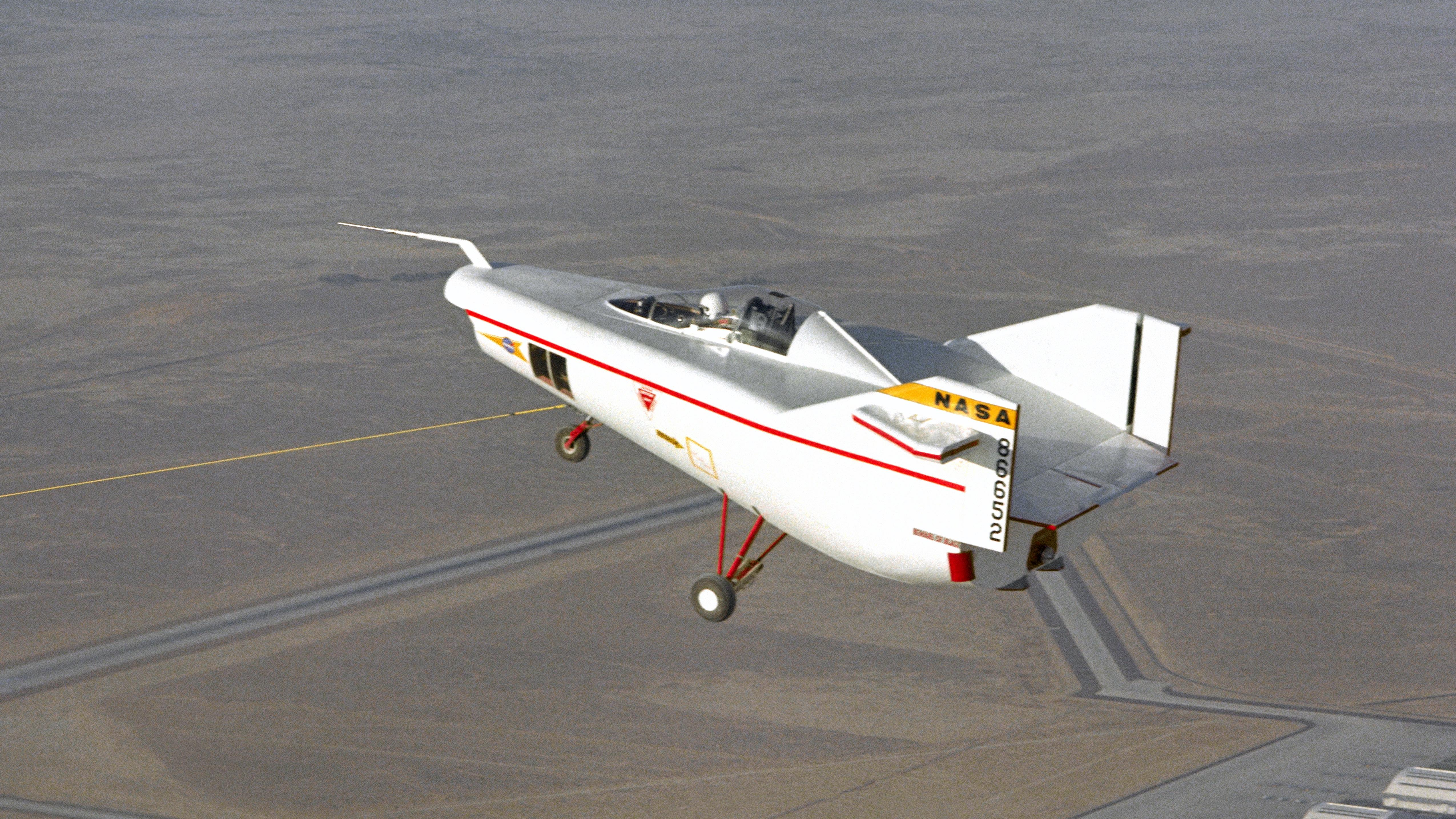
How Does That Thing Fly? 5 Unorthodox-Looking Aircraft From Then & Now
The unswept, untapered wings are fairly unconventional in today’s time.Why don't birds need them?
Putting it quite simply, birds do not need vertical stabilizers because they are much smarter than airplanes, according to this blog from Monroe Aerospace. Birds have infinitely controllable, adaptable, and flexible wings that can provide yaw control through adjustments to the shape, span, and sweep. They also have their very own powerplants built into their wings, rather than suspended below, and would never fly with one 'engine' out.
Most importantly, birds' brains are wired directly into their wings. The constant feedback loop between wing, eye, and brain allows the bird to make small adjustments to its flapping action and wing shape in order to deliver the best results. This process happens almost subconsciously, and in fractions of a second. While airplane controls have come a very long way over the past century, onboard computers are still some way from being this eloquent in their control.
Can planes fly without vertical stabilizers?
While commercial jets universally have tail fins, there are planes out there that fly perfectly competently without one. The most notable of these is the B-2 Spirit, also known as the Stealth Bomber. Developed by Northrop Grumman, this flying wing has no vertical stabilizer, and yet is incredibly maneuverable.
The B-2 achieves this through the use of advanced elevons and rudders along its trailing edge. These adjustable surfaces can provide pitch, roll and yaw, and work with a sophisticated fly-by-wire system. While the pilot remains ultimately in control of the plane, the computer does a lot of the heavy lifting. Indeed, it monitors the plane's movements constantly through gyroscopic sensors, and can adjust inputs to the control surfaces to keep it stable.
The B-2 is not the first flying wing; indeed, tailless aircraft have been experimented with since the earliest days of aviation. However, early iterations struggled with stability and often crashed. But it seems that the B-2 may not be the last of the flying wings seen in aviation - as technology, materials and computing power has advanced, so too has the search for a new, more efficient airplane design.
NASA and MIT have been working together to build and test a radically new type of airplane wing that can change shape in flight. They introduced the design in 2019. This lighter, more energy-efficient wing would be more flexible and controllable than anything seen before, and would eliminate the need for a vertical stabilizer. Work is still ongoing, but could see a new, more advanced aircraft coming to market in the future.
While flying wings are fascinating, they are unlikely to make it to the commercial aviation market in our lifetimes. As such, the vertical stabilizer is here to stay, for now at least!
